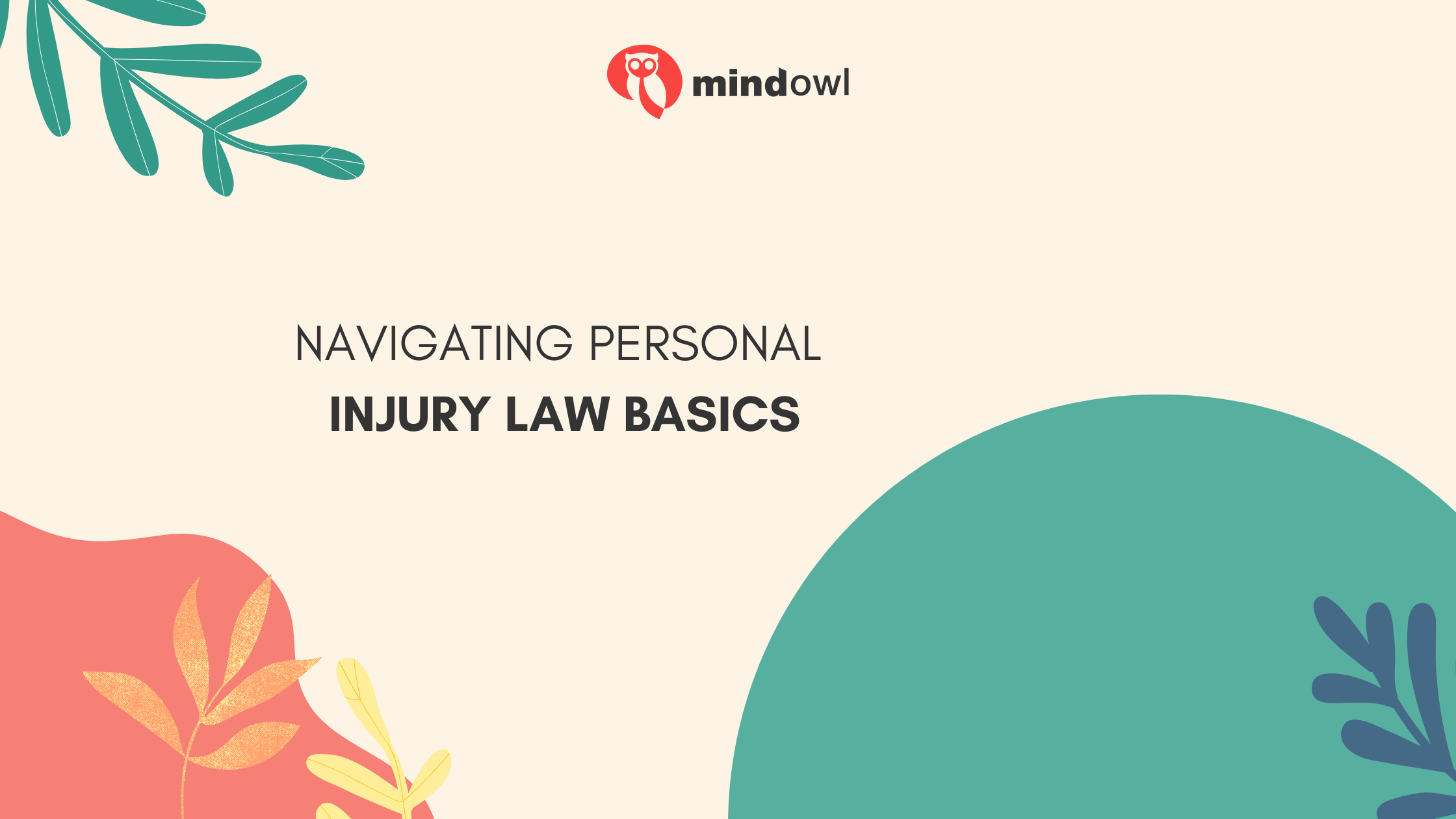
Everyone has a past that is filled with joyful memories and pivotal milestones. But our past can also hold pain in the form of grief, trauma, and emotional wounds that continue to shape present experiences. Whether it’s the loss of a loved one, childhood trauma, or a series of painful life events, healing can feel overwhelming. But while we can’t change what happened, we can change how we carry it.
Healing from past pain is not about forgetting or pretending it didn’t happen. It’s about learning how to move through, integrate, and begin living more fully in the present. Let’s discuss some key strategies to help you begin that journey of healing and reclaiming your life.
Acknowledge your pain without judgment
The first step in healing is to acknowledge what happened. Suppressing or denying pain doesn’t make it go away. Instead, it only buries it deeper, where it can quietly influence your decisions, relationships, and mental health.
Instead of minimizing your experiences or telling yourself to “get over it,” allow yourself to feel the full spectrum of your emotions. It’s okay to grieve, to feel angry, sad, or lost. Naming and accepting your pain is not weakness, but rather, it’s strength. It’s the first act of reclaiming your story.
Understand how trauma impacts the present
Unresolved trauma often manifests in ways we don’t immediately recognize. You may find yourself stuck in patterns of self-sabotage, battling anxiety or depression, or avoiding closeness with others. Understanding how past trauma shapes your present is key to breaking the cycle.
Many people carry unconscious beliefs formed during painful experiences. These beliefs can take the form of a little voice that says things like “I’m not enough,” “I can’t trust anyone,” or “I don’t deserve happiness.” These inner narratives can limit your potential and sense of self-worth. Recognizing and challenging them is an essential part of healing.
Practice mindfulness and grounding techniques
When you’re haunted by the past, it’s easy to dwell on negative feelings or get caught up in having constant flashbacks. Mindfulness can help anchor you in the present. Practicing mindfulness means paying attention to the current moment with curiosity and without judgment.
Simple techniques like deep breathing, meditation, or even a mindful walk can help calm your nervous system and shift your focus from the past to the here and now. Grounding exercises like naming five things you can see, four you can touch, three you can hear, two you can smell, and one you can taste can bring you back to your body and your present environment when emotions feel overwhelming.

Rewrite your story
You may not have had control over what happened to you in the past, but you do have control over how your story continues in your present and future moments. Healing involves reclaiming your narrative so as not to erase the pain but rather, transform it into something meaningful.
Journaling can be a powerful tool in this process. Write about your experiences, your feelings, and your healing process. Reflect on what you’ve survived and how it’s shaped your resilience. Over time, you may begin to see yourself as a survivor and not as a victim of the past, as well as the author of your future.
Set boundaries to protect your peace
Part of healing is creating safe spaces for yourself. This may involve setting clear boundaries with people who trigger painful memories or drain your emotional energy. It might also mean stepping away from environments that keep you stuck in the past.
Boundaries are about self-respect rather than about being harsh (the latter is most likely the picture that will be painted by those who end up on the other side of the boundaries you set). When you establish who and what is and isn’t acceptable in your life, you begin to create a present and future that supports your well-being and healing.
Reach out for support or professional help
Healing doesn’t happen in isolation. Sharing your experiences with people who are compassionate and nonjudgmental can be incredibly healing. This might be a trusted friend, a support group, or a therapist. The simple act of being heard and validated can ease the weight of emotional pain.
If your past continues to interfere with your daily life, relationships, or mental health, it may be time to seek professional help. Trauma and grief are complex and deeply personal, and while healing is possible, you don’t have to do it alone.
A licensed mental health counselor can help you unpack painful experiences, process emotions, and develop healthy coping strategies. If you’re considering a deeper understanding of mental health or even a career in this field, pursuing a mental health counseling masters online could provide both personal growth and the opportunity to help others heal. Whether for personal healing or professional development, investing in mental health support is a powerful step toward reclaiming your life.
Be patient and gentle with yourself
Healing is not linear. Some days will feel like progress, while others will feel like setbacks. That’s completely normal, so remember to give yourself grace as you navigate this journey. Don’t rush the process or compare your healing to anyone else’s.
Your experiences are valid, and your timeline is your own. Celebrate small wins such as a good day, a calm moment, or even a deeper breath. These are signs of healing, even if they seem insignificant at first. You are learning to live again, one moment at a time.
Create new joyful experiences
While healing involves addressing the pain of the past, it’s equally important to make space for new experiences. This can be anything from trying to do something creative to taking a trip. Each joyful moment you create becomes part of your story, so build a future that isn’t defined by what you’ve lost or endured in the past. Joy doesn’t erase pain, but it balances it. It reminds you that while your past has shaped you, it doesn’t have to define you.
Healing from the pain of the past is one of the most courageous things you can do. It means turning toward discomfort, confronting what hurt you, and deciding that your future matters more than your past. You don’t have to forget the past to live in the present. You just need to believe that your life is still yours to create. With compassion, support, and a commitment to your well-being, you can take back control and step into a future filled with possibility.
MindOwl Founder – My own struggles in life have led me to this path of understanding the human condition. I graduated with a bachelor’s degree in philosophy before completing a master’s degree in psychology at Regent’s University London. I then completed a postgraduate diploma in philosophical counselling before being trained in ACT (Acceptance and commitment therapy).
I’ve spent the last eight years studying the encounter of meditative practices with modern psychology.

